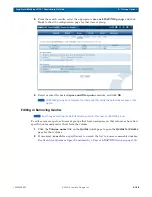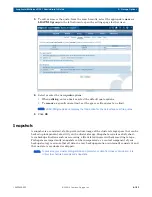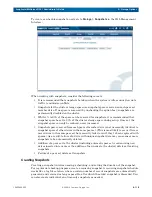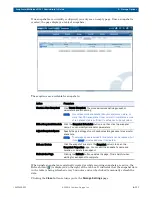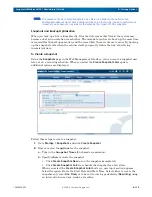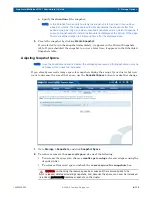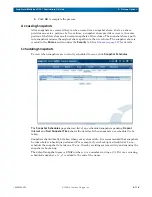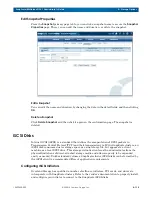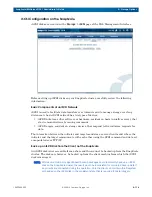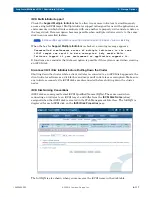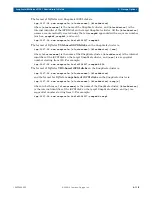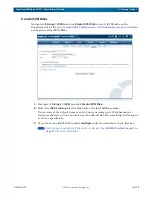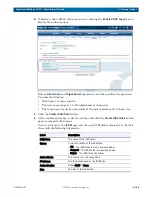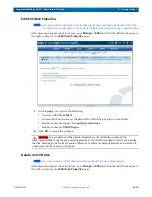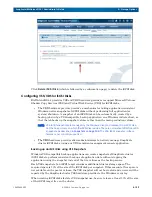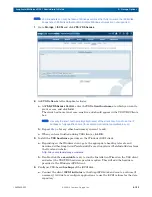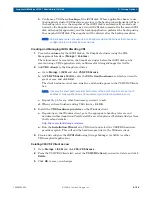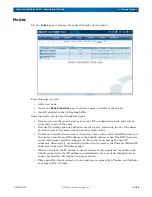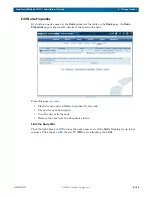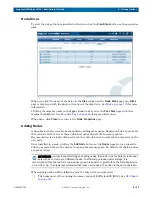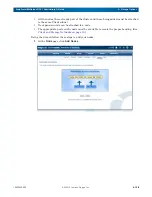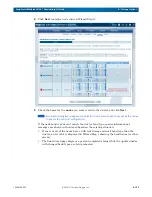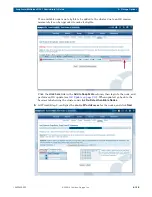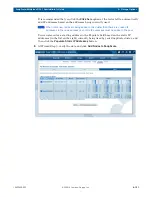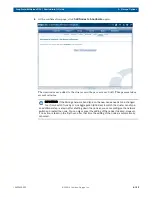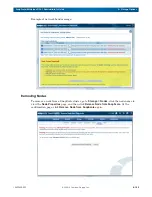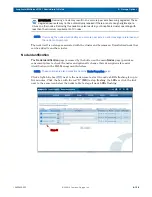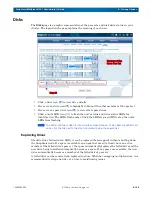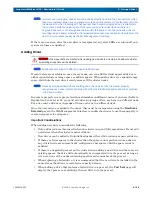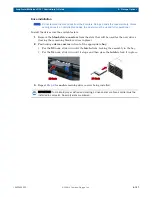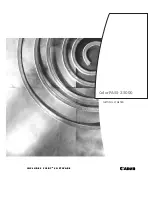
10400455-002
©2008-14 Overland Storage, Inc.
122
SnapScale/RAINcloudOS 4.1 Administrator’s Guide
5 – Storage Options
Click
Delete iSCSI Disk
(which is followed by a confirmation page) to delete the iSCSI disk.
Configuring VSS/VDS for iSCSI Disks
RAINcloudOS 4.1 provides VSS and VDS hardware providers to support Microsoft Volume
Shadow Copy Services (VSS) and Virtual Disk Service (VDS) for iSCSI disks.
•
The
VSS
hardware provider provides a mechanism for taking application-consistent
Windows-native snapshots of iSCSI disks without performing full application (or
system) shutdown. A snapshot of an iSCSI disk can be automatically created by a
backup job run by a VSS-compatible backup application on a Windows initiator host, so
that the job backs up the snapshot volume rather than the main production volume.
NOTE: VSS iSCSI snapshots are managed by the Windows client and represent the iSCSI disk,
not the Snap volume on which the iSCSI disk resides. They are not related to RAINcloudOS
snapshots as described in
. The VSS iSCSI snapshot rollback
feature is not currently supported.
•
The
VDS
hardware provider allows administrators to natively manage SnapScale
cluster iSCSI disks, using any VDS-compliant management console application.
Backing up an iSCSI Disk using VSS Snapshots
Windows VSS-compatible backup applications can create snapshots of SnapScale cluster
iSCSI disks to perform consistent backups of application data without stopping the
application, using the snapshot instead of the live volume as the backup source.
Each VSS snapshot of an iSCSI target consumes additional cluster storage space. The
required space is 10% of the size of the iSCSI disk per snapshot. If this amount of free space is
not available on the pool or volume, the VSS snapshot will not be created and an error will be
reported by the SnapScale cluster VSS hardware provider to the Windows event log.
When creating iSCSI disks for later VSS snapshot use, be sure to leave at least 10% of the size
of the iSCSI target free on the cluster.

